 Wednesday, December, the final class meeting, Hypermedia, ENC3414, the course I created 1994 and taught in networked classrooms ever since. The room was moved as resources shifted and aged, from the Networked Writing Environment, to Computer Science and Engineering, to the Education School, concluding this year in Architecture.
Wednesday, December, the final class meeting, Hypermedia, ENC3414, the course I created 1994 and taught in networked classrooms ever since. The room was moved as resources shifted and aged, from the Networked Writing Environment, to Computer Science and Engineering, to the Education School, concluding this year in Architecture.
The class finished about 6:15PM, full darkness. I retrieved my bicycle from the bike rack across the street from the classroom, and made my way north by northwest towards home. Just as I started past University Auditorum, the carillon in Century Tower (on the west side of the Auditorium) burst into a peal of bells, recognizable as a holiday piece–someone practicing for the Christmas season? The music was joyous, a clamor as I passed, continuing as I crossed Plaza of the Americas in front of the library, crossing towards University Avenue, when the music stopped abruptly. I accepted the fanfare and serenade as acknowledgment of the occasion.
These photos obviously are taken in broad daylight on a beautiful winter day in Florida, several days after the event in question. It was a dark and stormy night as it happens. The corner at University Avenue was busy as usual, with the new building still half-finished.
The ride to 8th Ave was uneventful, but then it started to rain. Walking down the steep hill as usual, I paused to put on the raincoat, mounted the bike at the bottom of the hill, and set out. The rain was so intense that my glasses became blinders, especially in the glare of oncoming traffic. The route being familiar, I didn’t worry about visibility, and rode more or less by feel, until I came to the intersection, the side road at Westside park, where I misjudged the direction, went over the curb, and crashed into the roadway, but fortunately at slow speed, so no damage or injury. Nonetheless, it was fortunate that no cars were immediately upon me, since that would have been fatal.
Such events remind us how simple life is, how continuous the world, in that we know exactly how things would have unfolded in one circumstance or the other–immense complications in one way, and routine in the other. Once across 34th Street (yes, “Miracle on 34th St”), turning north, at Littlewood School, where my sons attended, and now my granddaughter, the Christmas tree concession was open for business.
As I rode by the lot filled with evergreens the air was heavy with the scent of pine, perhaps released by the rain, triggering involuntary memories of childhood Christmases past, a reward again for the recent spill, nearly home at this point, concluding a final passage, preparing a transition into the next stage, the epoch of open sabbatical.






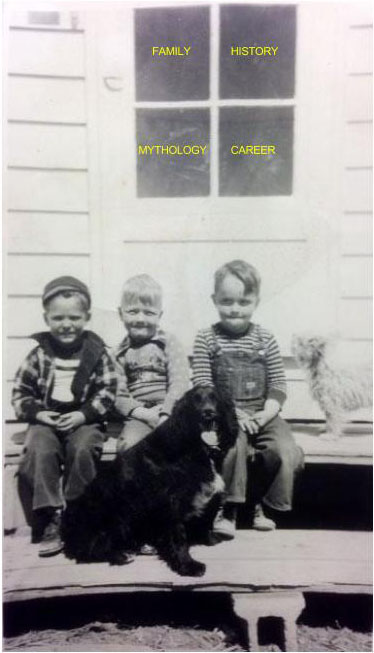

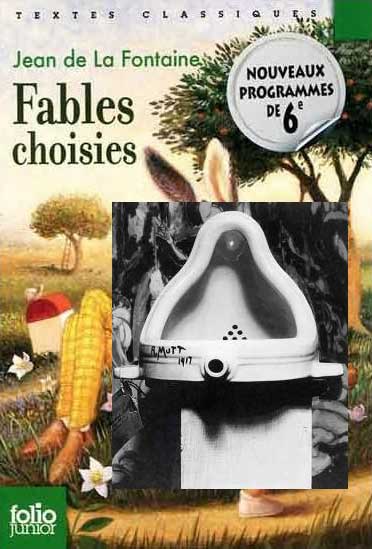
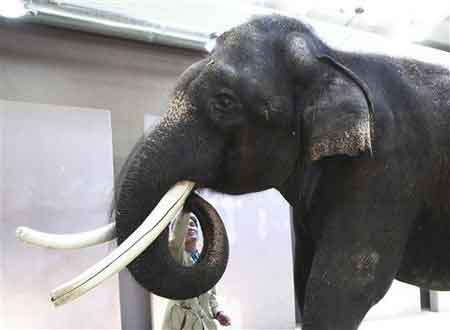

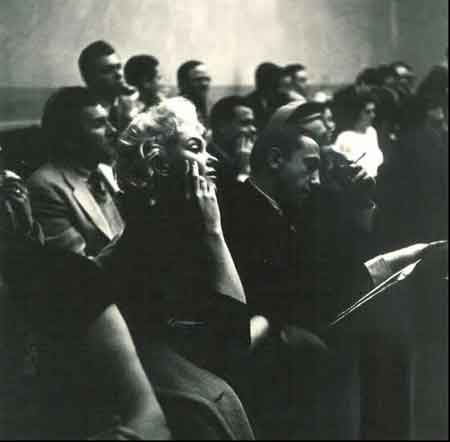
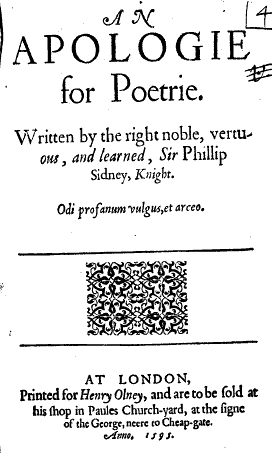
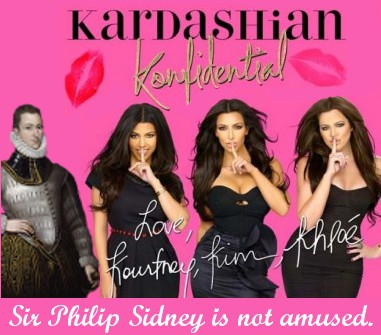
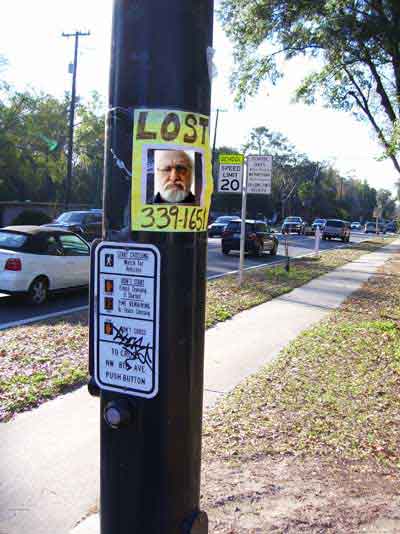
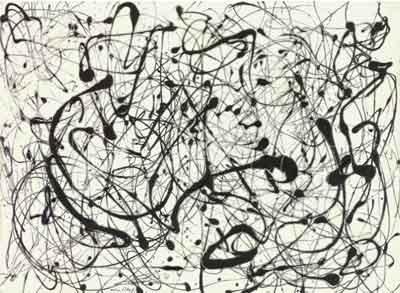
Recent Comments